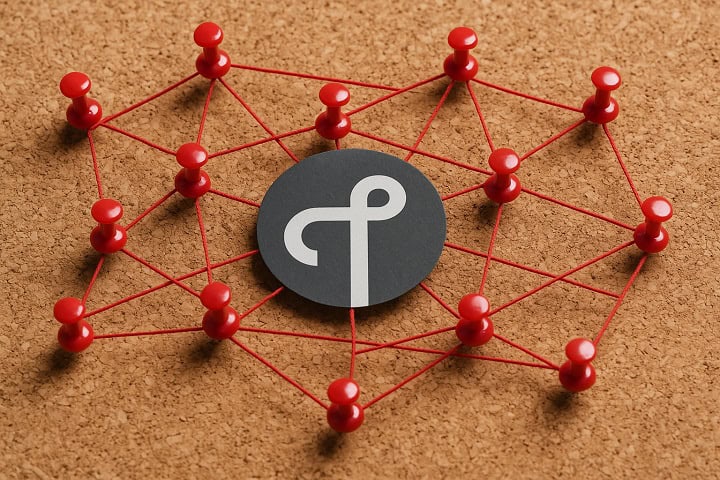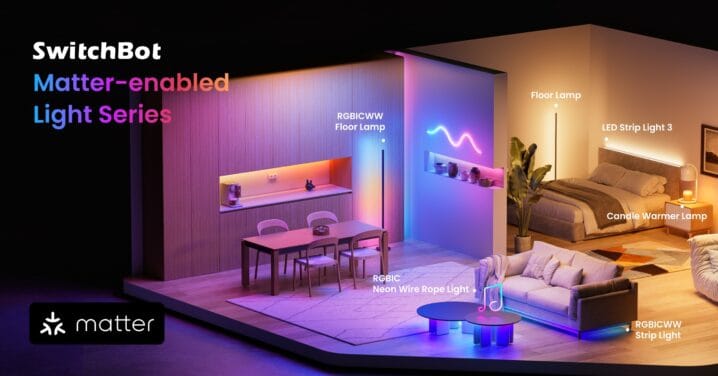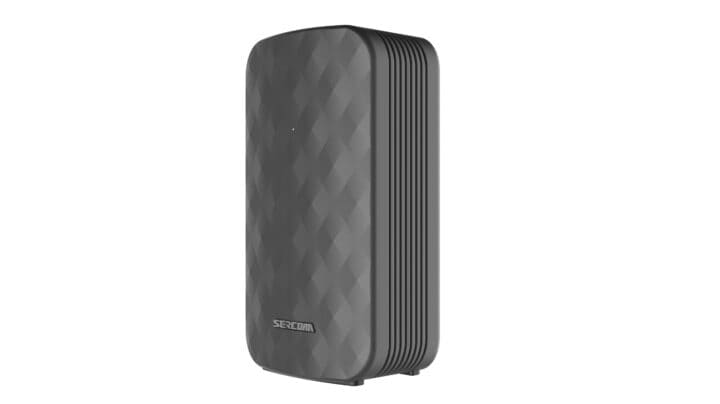Smart home devices seem to be everywhere, but all those gadgets need a way to talk to each other. You may have heard about Thread and wondered what it actually does. This post is here to help clear things up. We will look at what Thread is, how it works, and which devices use it. We will also go over what you need to set up a Thread network and how to check if your devices can use it. To help you decide if Thread is right for your home, we will compare it to WiFi and other options. This should help you figure out if Thread could make your smart home setup better or if something else might work best.
How Thread Works
Thread uses a mesh network to let smart home products send and receive information. A mesh network is a way for smart home devices to talk with each other without needing to connect straight to your Wi-Fi router. Instead, each device talks to other devices nearby. This means if one device loses its connection, others can still pass messages through the network. This kind of setup helps keep connections steady and covers more space in a home than using a single central point.
Thread networks also have some default security baked in. Devices cannot join the network unless they are authenticated. Once connected, device communications on the Thread network are encrypted to keep them private.
Many types of smart home products can use Thread, and often it’s used in combination with Matter. These include things like smart lights, plugs, thermostats, locks, door sensors, and motion sensors. Some smart speakers and hubs also support Thread so they can help keep the network strong. Devices need to be built with Thread support, so not every product works with it, but the number of Thread-friendly options is growing
Setting Up a Thread Network
To set up a Thread network, you will need a Thread border router. This is a device that acts as a bridge between your Thread gadgets and your home Wi-Fi. Some smart speakers, smart displays, and certain Wi-Fi routers come with built-in support for Thread. You will also need smart home products that are labeled as Thread compatible. These could be lights, sensors, plugs, or other devices that have the Thread logo or mention Thread support on the box or in the manual.
If you want to know if your current devices work with Thread, you can check the packaging or the website of the company that made the product. Many manufacturers list Thread support in the technical details. Some smart home apps also show if a device is connected through Thread or another method. If a device does not mention Thread, it probably does not support it.
To add a device to a Thread network, start by making sure your border router is set up and working. Then, use the app that manages your smart home devices, like Apple Home, Google Home, or another app that supports Thread. Follow the steps in the app to add the new device. The app will guide you through connecting it to the Thread network. Once added, the device should work with other Thread gadgets in your home.
Comparing Thread to Other Networks
Thread and WiFi both connect smart home devices, but they work in different ways. WiFi is used in most homes for phones, laptops, and smart speakers. It can handle large amounts of data and works well for video streaming or voice calls. Thread is made for smaller smart devices like sensors, locks, and lights. It does not need much power and lets devices talk to each other directly. This can help keep things working if one device goes offline.
Thread is not always the best choice. If you have a device that sends lots of data, such as a security camera, WiFi or a wired connection will work better. Thread is also newer, so not every smart device works with it yet. Some smart home systems only use WiFi, Zigbee, or Bluetooth, so you need to check what your devices can support before choosing Thread.
Another issue that we’ve ran into with Thread is that it is so new, you can have issues finding devices that support it. There are other ways to connect smart home devices. Bluetooth is common for things like speakers and some lights. Zigbee and Z-Wave are also used for smart sensors and switches. Each type has its own way of working, and some are better for certain uses. Deciding which one to use depends on your devices and what you want your smart home to do.
In Summary
Thread is one choice for connecting smart home devices, and it works by letting gadgets talk to each other in a mesh network instead of relying only on WiFi. It is good for smaller devices that do not need to send a lot of data, like sensors or lights. To use Thread, you need a border router that supports it, along with smart home products that are built to work with Thread. Not every device supports Thread, so you have to check before buying new products. Thread can make your smart home more stable in some cases, but it is not always the right fit, especially if you have devices that need more data or use other types of connections. Choosing the right type of network for your home depends on what devices you have and what you want them to do.




